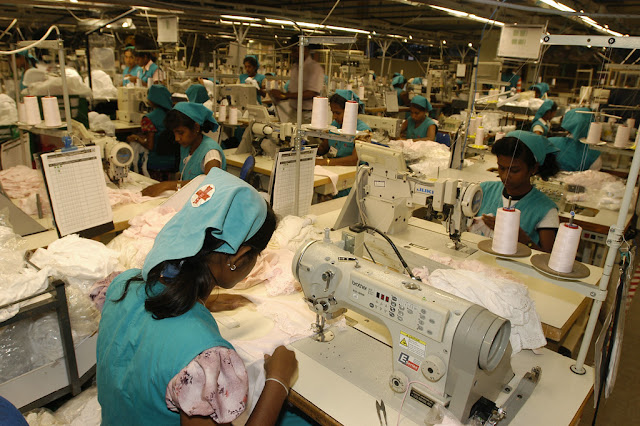A Glimpse into Bali's Inspirational Garment World
The Island of Bali, the enchanting Indonesia's island known for its awe-inspiring views, rich culture, and dynamic arts scene, is not only a sought-after vacation spot but also a hub for the booming clothing sector. Bali's garment industry, often referred to as the "Bali's clothing tradition," effortlessly weaves blends custom and contemporary elements, producing apparel that not just mirrors the locale's heritage but additionally serves current style movements.
At the core of the Bali Garment industry rests the utilization of heritage textiles. Balinese ancestral textiles are famed for their intricate designs, vibrant colors, and meaningful cultural significance. Fabrics like "ikat" and "batik" occupy a central place in the island's textile heritage, each conveying a unique narrative through the motifs and patterns crafted or imprinted onto them. These textiles surpass mere pieces of cloth; they serve as vessels for Bali's past, beliefs, and rituals.
The Bali Garment industry distinguishes itself for its commitment to preserving artisanal artistry. Talented artisans, frequently operating within their neighborhood groups, involve themselves in intricate processes that convert raw materials into captivating garments. From staining and weaving to decorative stitching and decorative details, each phase in the creation of a Bali garment proves the passion these craftsmen possess toward their heritage.
While rooted in tradition, the Bali Garment industry has effectively adjusted to the requirements of the contemporary fashion environment. Designers and entrepreneurs collaborate to infuse heritage textiles into contemporary clothing styles, leading to distinctive pieces that are simultaneously culturally rich and fashionable. This blend allows the business to address both the markets in search of traditional wear and international audiences fascinated by groundbreaking designs.
Over the past few years, the Bali Garment industry has embarked on significant strides towards sustainability and ethical production. With increased global consciousness of environmental and labor matters, numerous stakeholders in the field are adopting eco-friendly materials, ethical labor practices, and fair trade principles. This devotion not solely guarantees the longevity of the industry but additionally conforms with the island's harmonious way of life.
While the Bali Garment industry exhibits remarkable endurance and adaptability, it is not without its challenges. Competition from mass-produced, cheaper alternatives poses a threat to the continuation of traditional practices. Furthermore, the industry is required to navigate the complexities of intellectual property rights to safeguard its cultural assets from exploitation.
However, these challenges also create opportunities to innovation and collaboration. The rise of e-commerce and digital platforms gives a worldwide stage for Bali's distinctive garments. Collaborations between local artisans and international designers offer novel perspectives and widen the industry's reach.
As the Bali Garment industry continues to evolve, it is vital to sustain a delicate balance between tradition and modernity. Efforts to promote education and skill development within neighborhood communities can strengthen the upcoming cohort of artisans to perpetuate the legacy of traditional textiles and craftsmanship.
In conclusion, the Bali Garment industry stands as a testament to the island's capacity to embrace change while honoring its traditional roots. With its harmonious blend of tradition and contemporary aesthetics, this industry showcases the essence of Bali's artistic and cultural heritage. During we witness its journey, it is apparent that the Bali Garment is not merely a piece of clothing, but a vibrant embodiment of history, creativity, and identity.
